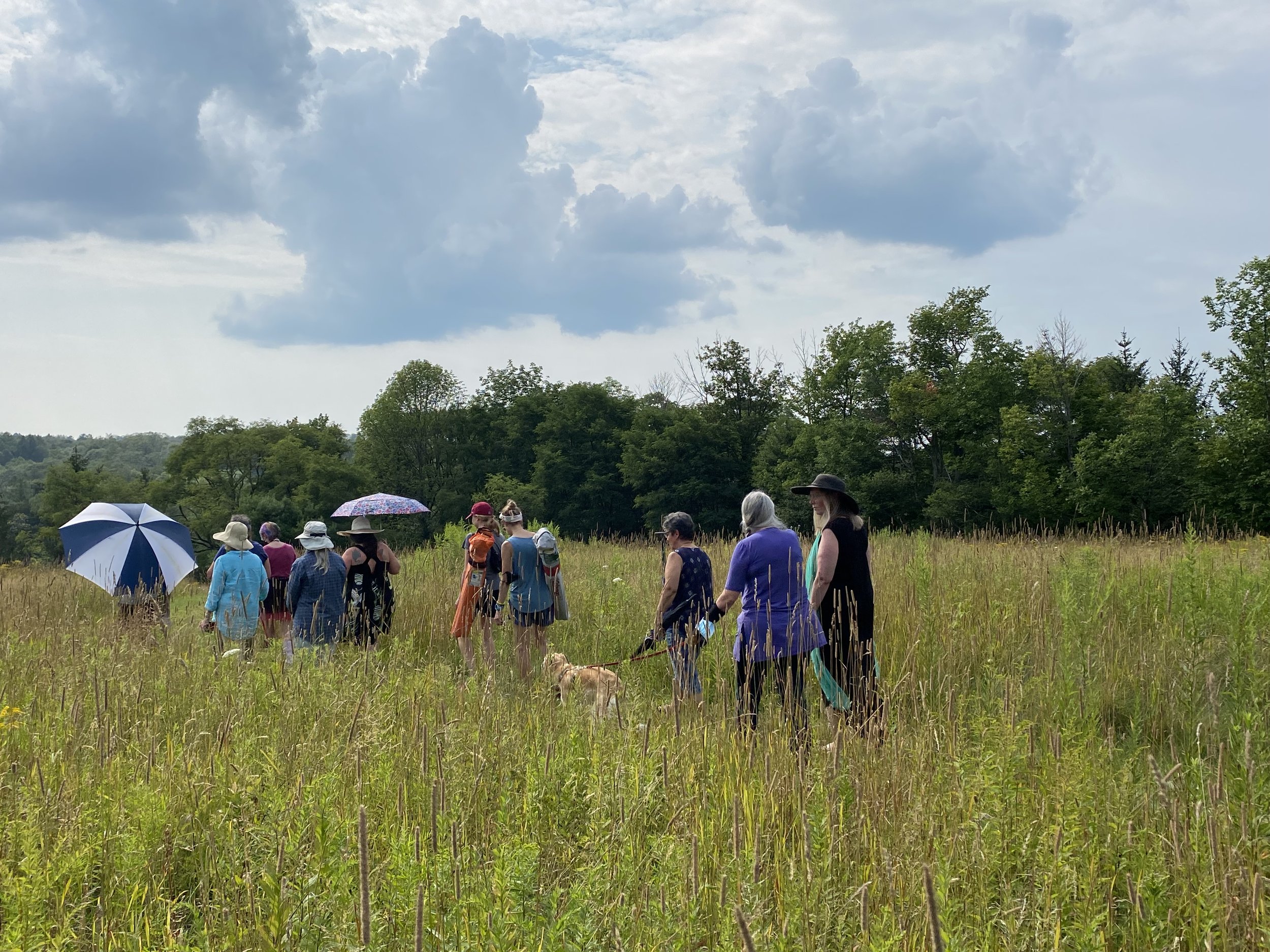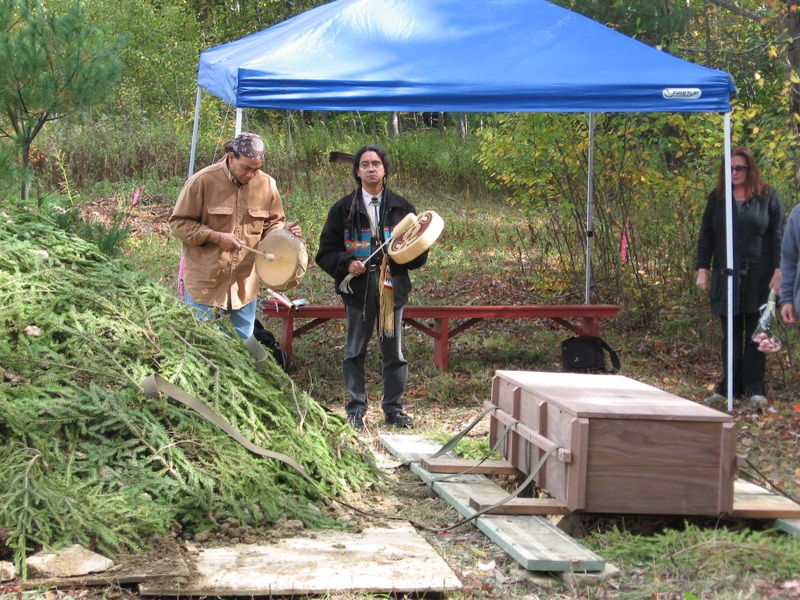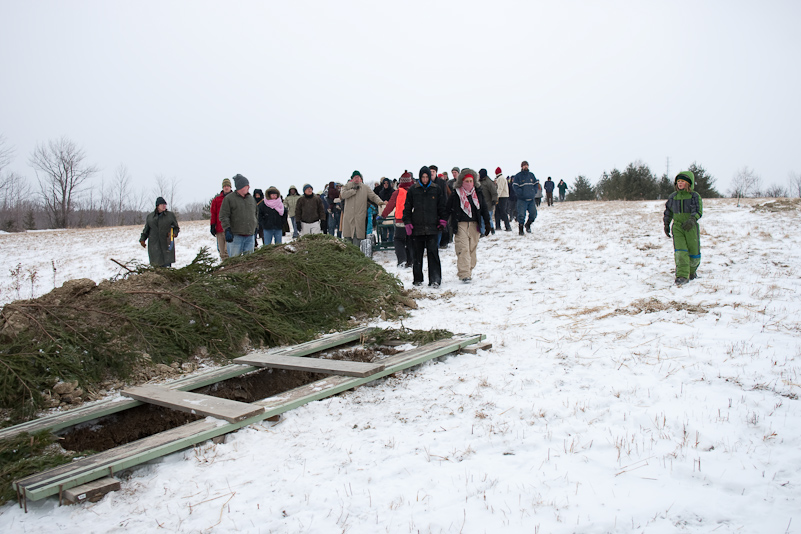
What to Expect
If you know death is pending, contact your local funeral director and Greensprings as soon as possible.
What should you expect when someone dies?
That can depend on whether the death is sudden or if you are given some time to plan ahead. This is a general outline to help you through the process.
In a hospital
If death takes place in a hospital, a body may be refrigerated as long as 48 hours. Nursing homes and hospices will want a body transported shortly after death.
At home
If death occurs at home, the family doctor or medical examiner must come to the home to complete a death certificate. If the deceased has been in an in-home hospice program, the hospice nurse will call the doctor in charge of the hospice program, who will sign death certificate rather than requiring the family to bring in the doctor or examiner.
Information about Working with Funeral Directors
In New York, funeral directors obtain the death certificate when they receive the body. The physician or medical examiner section should already be completed. The funeral director meets with the family to gather biographical information: birth date, place of residence, occupation, veteran status, etc. This will be included in the death certificate and will be reviewed for the disposition of the body: burial, cremation, out-of-state, or medical school donation.
Funeral directors have 72 hours to file the death certificate with the county health department which then issues a burial transit permit and provides it to the funeral director. This permit and full payment are required for burial.
Greensprings can work with any funeral director. If your family has a relationship with a funeral home already and the funeral director isn't familiar with natural burial we can provide them with information and support. For a list of funeral directors (searchable by location) who are all very familiar with green burial and certified by the Green Burial Council visit their website at: https://www.greenburialcouncil.org/interactive-maps.html
Once the burial is scheduled, the funeral director transports the body to the cemetery and provides the burial transit permit to the cemetery or crematory staff.
All funeral homes are required to post a general price list that includes:
One-time package for direct cremation
Direct transportation from place of death to cemetery: no embalming, no obituary, no service, and must include the price of the “minimum receptacle” though you may buy a casket from anyone, or make your own
Once the burial or cremation is complete, a cemetery or crematory staff person mails a copy of the burial transit permit to the health department.
What you should know about transport, embalming, home funerals, and more
There is no state that requires embalming. For state-by-state rules, read Caring for Your Own Dead by Lisa Carlson.
We are aware of no state that requires vaults, though many cemeteries require them.
KS, ID, and MN require embalming when a body is transported by common carrier (by plane for example). AK requires embalming for transporting out of state by any means if the body won’t arrive at its final destination within 24 hours of death. AL requires embalming for any out-of-state transport by any means. We accept embalmed bodies for burial where required by such laws. Please ask our Burial Coordinator to authorize the request in writing, as per our rules and regulations.
If transport is required from outside of NY State, you must have a NY funeral director meet your funeral director at the cemetery. You must meet NY State Sanitary Code (section 13) and must have a burial transit permit from the proper jurisdiction in your area, and specifying Greensprings as the chosen cemetery. An exception is NJ as they have reciprocity with NY and visa versa.
Some NY State funeral homes handling in-state cases may be willing to release the body to the family once they have the burial transit permit. Ask the funeral director if this is possible, if you wish to handle more of the process yourself. You will need to arrange for a NY funeral director to meet your group upon arrival with the body at Greensprings to complete paperwork required for burial.
Generally, to bring a body from the hospital or hospice, you’ll need a funeral director to transport it to your home, then later to the cemetery. You may then handle the remaining details yourself.
When death occurs at home, you have one less step to take. Once the proper party has completed the death certificate, you may wash and otherwise prepare the body, placing it in a casket or shroud for loved ones to visit and pay their respects. You can then arrange the eventual transport to the cemetery or crematory with a local funeral director or transport the body yourself, but a NY funeral director must be at the cemetery to receive the body for burial. If using a shroud, place the body on a wide, sturdy trundle (plank) for transportation.
Place ice packs or dry ice around the body to keep it cold if you’ll be waiting a day or two before burial. Wear gloves when handling dry ice, and don’t place it in an airtight container.
Be prepared for the things that may happen to a body after death. The book Stiff: The Curious Lives of Human Cadavers by Mary Roach will give you some ideas of what to expect.
The Burial
Please let us know as early as possible if the grave should be sited in a specific direction (east to west, north to south).
A mowed path will lead to the grave site. Please encourage those in your burial party to dress as they might for a walk in the woods or a meadow—wearing sturdy walking shoes or boots. Dress shoes are not practical. It is also suggested that you bring an umbrella and a warm layer or windbreaker, even on a warm day due to the higher altitude. In winter, wear many layers, warm boots, gloves, hats, and scarves.
Choose pallbearers who are confident they can lift, carry, and lower the coffin. Our sturdy, four-wheeled “pallbearers friend” helps burial parties move the coffin to the grave site safely. No-slip boards will be placed along the sides of the grave to help pallbearers keep their footing. Our staff can help you lower the coffin into the grave.
We can’t offer you the opportunity to dig the grave but you can close the grave after burial if you make the request ahead of time. The soil is dense and rocky, and it will take considerable time and work.





